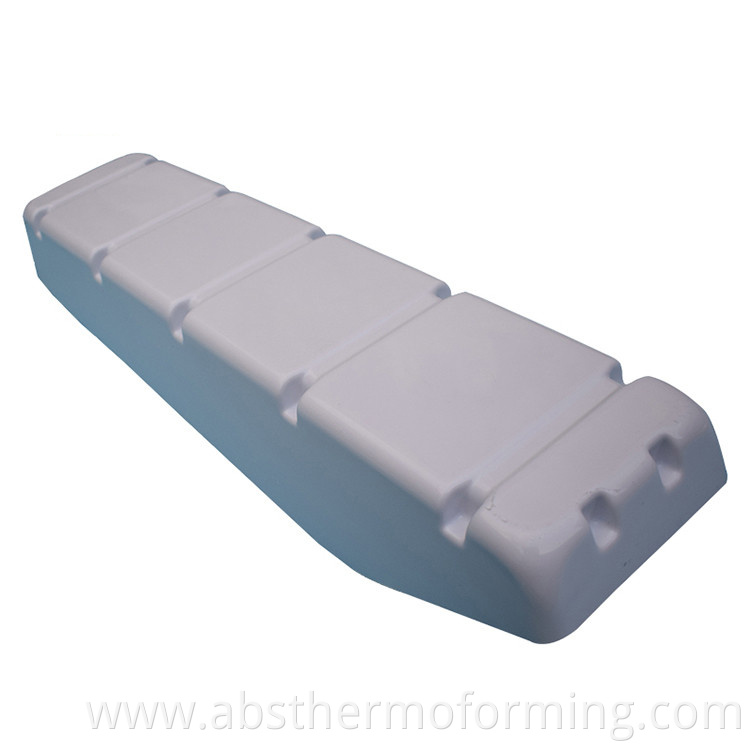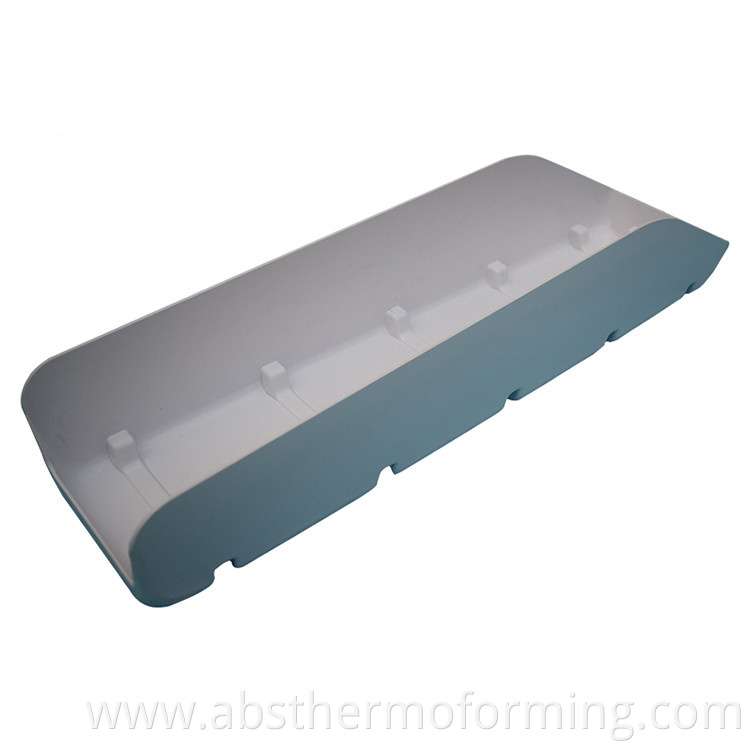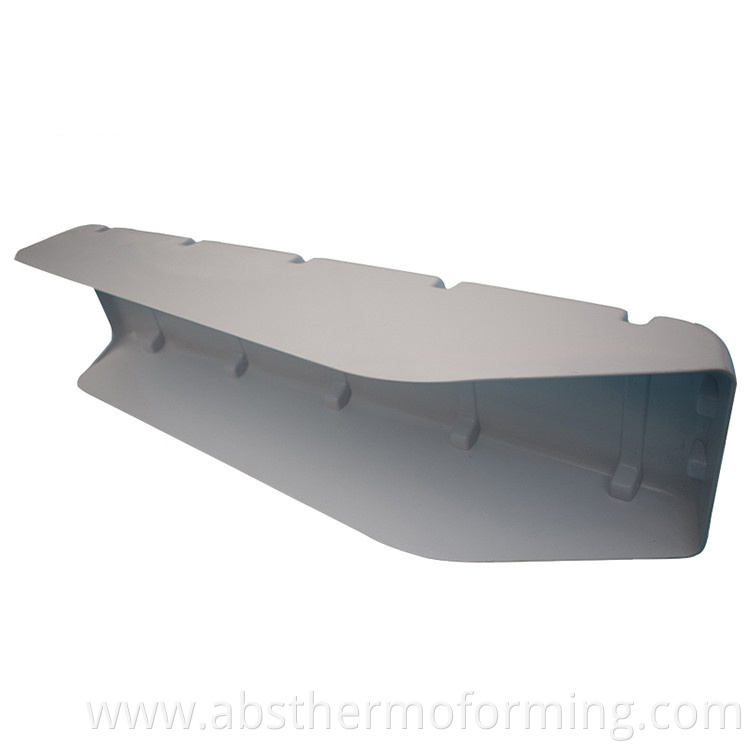
Privacy statement: Your privacy is very important to Us. Our company promises not to disclose your personal information to any external company with out your explicit permission.

| Selling Units | : | Piece/Pieces |
Customized vacuum thermoforming process for equipment parts
Vacuum Thermoforming is a manufacturing process used to create equipment parts by heating a plastic sheet and then forming it over a mold using vacuum pressure. Here is a step-by-step guide to the vacuum Thermoforming Process for equipment parts:
1. Design and mold preparation: Start by designing the equipment part and creating a mold that matches the desired shape and dimensions. The mold can be made from various materials such as wood, aluminum, or composite materials.
2. Material selection: Choose a suitable plastic material for thermoforming. Common plastics used in this process include ABS, polycarbonate, polyethylene, and acrylic. Consider factors such as strength, durability, chemical resistance, and cost when selecting the material.
3. Heating the plastic sheet: Place the plastic sheet on a heating device, such as an oven or a radiant heater, to heat it to the appropriate temperature. The temperature will depend on the specific plastic material being used and can range from 300 to 400 degrees Fahrenheit.
4. Forming the plastic: Once the plastic sheet reaches the desired temperature, it is quickly transferred to the mold. The sheet is placed over the mold, and vacuum pressure is applied to draw the plastic tightly against the mold surface. This vacuum pressure helps shape the plastic sheet according to the mold's contours.
5. Cooling and solidification: After forming, the plastic part needs to cool and solidify to retain its shape. This can be done by allowing the part to cool naturally or by using cooling fans or water sprays to expedite the process.
6. Trimming and finishing: Once the part has cooled and solidified, it is removed from the mold. Excess plastic or flash is trimmed off using cutting tools or CNC machines to achieve the final shape and dimensions. Additional finishing processes, such as sanding, polishing, or painting, may be applied to enhance the appearance and functionality of the equipment part.
7. Quality control: Inspect the formed parts for any defects, such as warping, air bubbles, or uneven thickness. Any defective parts should be discarded or repaired.
8. Packaging and distribution: Finally, package the equipment parts appropriately to protect them during storage and transportation. Label the packages with necessary information, such as part numbers, quantities, and any handling instructions.
It is important to note that the specific details of the vacuum thermoforming process may vary depending on the equipment part being manufactured and the equipment available. Consulting with a thermoforming expert or equipment manufacturer is recommended for more precise guidance.







Privacy statement: Your privacy is very important to Us. Our company promises not to disclose your personal information to any external company with out your explicit permission.

Fill in more information so that we can get in touch with you faster
Privacy statement: Your privacy is very important to Us. Our company promises not to disclose your personal information to any external company with out your explicit permission.